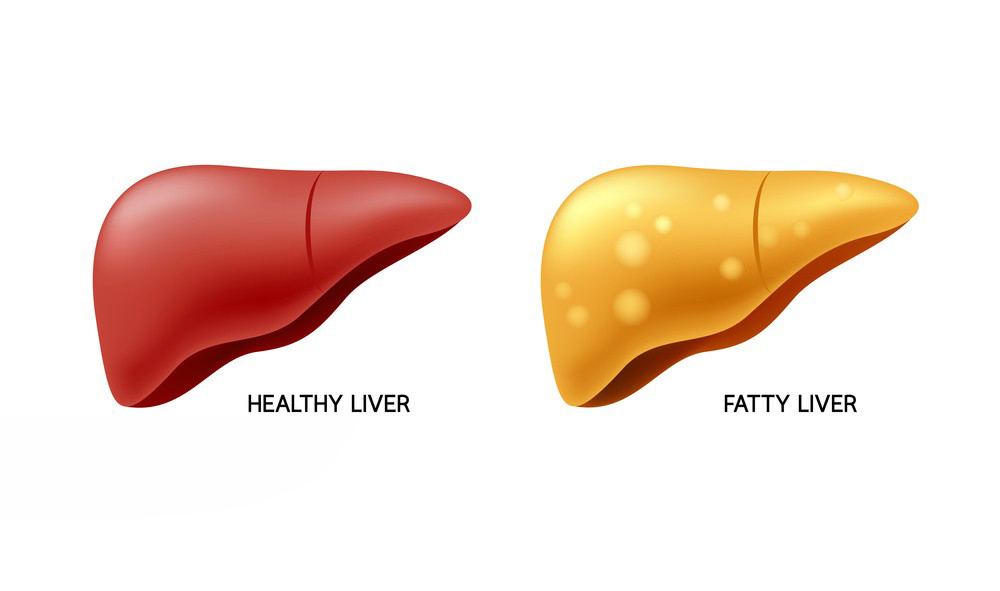TUDCA, or Tauroursodeoxycholic acid, is a bile acid derivative that has been studied for its potential therapeutic benefits, particularly in the treatment of liver and metabolic disorders. It is important to note that the use of TUDCA should be under the guidance of a healthcare professional, as it may have specific dosages and administration instructions based on the condition being treated. Here are some general guidelines for the materials and methods associated with TUDCA:
Materials of TUDCA:
TUDCA: This is the primary material needed for TUDCA-related research or medical treatment. TUDCA can be obtained from pharmaceutical suppliers in the form of capsules, tablets, or powder.
Solvents: TUDCA may need to be dissolved in appropriate solvents for experimental or clinical applications. Common solvents include water, ethanol, or DMSO (Dimethyl sulfoxide).

Laboratory Equipment: Depending on the nature of the study, you may require standard laboratory equipment such as pipettes, test tubes, and glassware for preparing solutions and conducting experiments.
Methods of TUDCA:
Dosage and Administration: The appropriate dosage of TUDCA can vary depending on the specific condition being treated. It’s crucial to consult with a healthcare professional for proper dosing guidelines.
Oral Administration: TUDCA is often administered orally in the form of tablets or capsules. Follow the instructions provided by the manufacturer or healthcare provider for the correct dosage and timing.
Intravenous Administration: In some cases, TUDCA may be administered intravenously in a clinical setting. This should only be done under the supervision of a medical professional.
Cell Culture Studies: TUDCA is used in laboratory studies to investigate its effects on cells. In these cases, TUDCA can be dissolved in an appropriate solvent and added to cell culture media to study its impact on cell function.
Animal Studies: TUDCA may be used in animal studies to assess its effects on various diseases or conditions. Researchers must follow ethical guidelines and obtain the necessary approvals for animal studies.
Biochemical Analysis: For research, TUDCA’s effects on various biochemical pathways and signaling pathways may be assessed. This may involve techniques such as Western blotting, ELISA, and immunohistochemistry.

Safety Considerations: TUDCA is generally considered safe when used as directed, but it may have side effects or interact with other medications. Ensure proper safety precautions, including monitoring for adverse reactions in clinical studies and following ethical guidelines in animal studies.
Data Analysis: Collect and analyze data based on the objectives of the study. This may involve statistical analysis and the interpretation of results.
It’s important to reiterate that the use of TUDCA should be discussed with a healthcare professional, and any research involving TUDCA should adhere to ethical and safety guidelines. The methods and materials used will vary depending on the specific goals of the research or the medical condition being treated.
